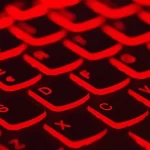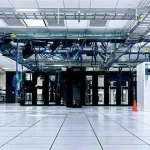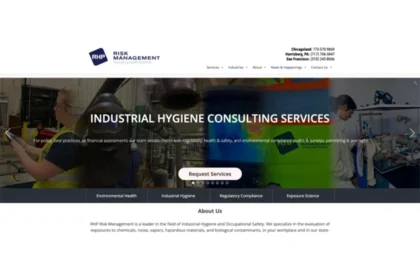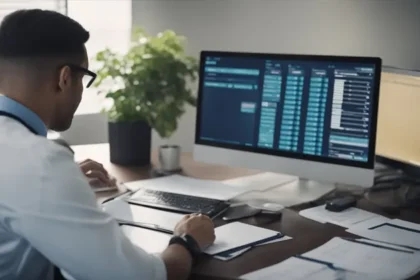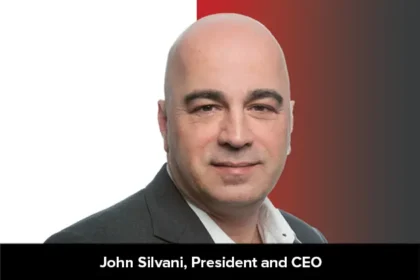Technological change has proved extremely disruptive to almost all global companies over the last 40 years. Through computers and networks to e-commerce and mobile devices, companies have been forced to adapt rapidly or feel the pain of being a follower. The Internet of Things (IoT) will most probably be the next monumental shift. IoT is becoming increasingly popular, and together with artificial intelligence, robotics, and other emerging technologies, it could have a more significant impact than any of the divergent techniques.
IoT sounds like the futuristic wave of conversational and self-starting refrigerators. Still, web-connected devices that interact with each other will also affect our lives outside the “smart home.” IoT will change the way we work for the staff by saving time and resources and opening up new development and innovation opportunities. IoT will be a data machine. It means companies will need to rethink how they gather and analyze data- not only decision-makers will need to learn and adapt to a new method of data analysis, but the amount and type of information that IoT produces will also introduce new or expanded roles for data analysts, strategists, and even customer service.
While IoT continues to revolutionize the world, billions of connected devices in the next few years are forecasted to generate trillions of dollars in revenue for businesses. However, this digital revolution isn’t merely about money. In addition to driving financial investments into new capacities and products, IoT can do much good for the world and our culture as a whole.
These four sectors further illustrate how the increasing adoption of IoT technology will have a positive effect very shortly:
- Banking Sector: Banking is becoming increasingly digital to meet the changing requirements of an increasingly younger market. ATMs were previously among the top IoT devices that allowed customers to access their cash at the bank without long waiting times. Recently, Business Insider reported on how banks are adopting emerging IoT technology to cut costs while improving user experience. For starters, they now use location-detecting beacons that ping smartphones from customers as they reach the store, giving them unique deals. Furthermore, some ATMs have the ability to live stream video assistance when customers need to talk to tellers or need help.
- Design and Manufacturing Process: Today, just about every electronic gadget contains some form of the printed circuit board (PCB). Computers, mobile phones, printers, x-ray displays, and gaming systems all rely on PCBs to interconnect components. Detailed team collaboration and PCB design go hand in hand during the process of making the circuit boards. However, poor communication can be a significant pitfall in a collaborative atmosphere. PCB designers used to be restricted to sharing their designs through PDFs and email threads, severely impeding the process and disrupting workflow efficiency and productivity. PCB designers can now also access their plans on their tablets and smartphones. As a result, the process of editing and revision has the potential to become much more efficient, leading to more exceptional manufacturing performance.
- Healthcare Industry: Access to safe and affordable healthcare is a fundamental right for every person across the globe. In their list of forecasts for healthcare industry trends, Forbes states that about 161 million devices will be used in hospitals, clinics, and medical offices by 2020, resulting in more effective diagnosis and treatment methods. Furthermore, the potential for rising cybersecurity threats comes along with the growing digitization of medical records and health-related data. Because this data also includes highly sensitive information, hackers tend to target the healthcare industry, committing identity theft and fraud-related crimes. Considering this, shortages of staff, especially in nursing, have led administrators to turn to IoT devices to free workers from manual tasks. This has indicated that more attention has to be paid to ensuring both patients and staff’s safety and privacy.
- Rise of Smart Cities: Lastly, IoT has laid the foundations for the advent of smart cities. In terms of transportation and energy, data can be used through an integrated environment to operate cities more efficiently. For instance, IoT controlled buildings will automatically guide you to an empty parking space, together with built-in air conditioning or heating that turn on if you’re the first to arrive in the building. The smart buildings contain sensors that automatically adjust light and climate controls, using less electricity than typical places. With climate change being a primary concern for today’s society, this is an extremely welcome development.
Eventually, when it comes to its broad impacts on various industries around the planet, IoT has unlimited potential!




